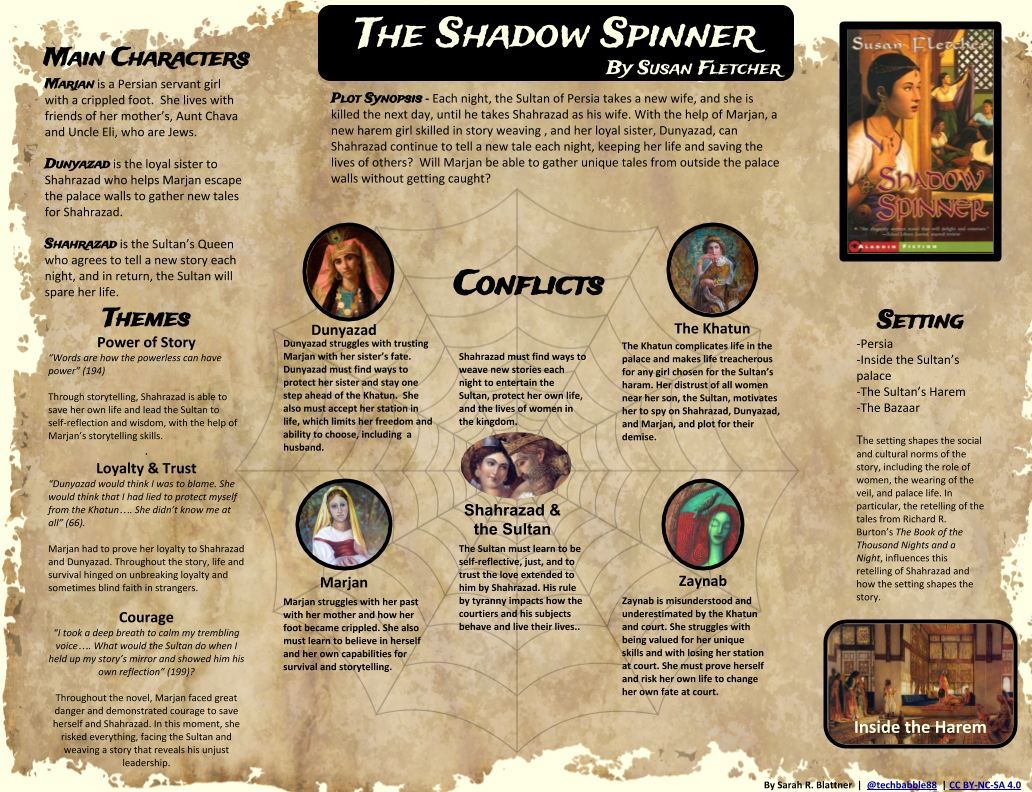Students need opportunities to construct their own understandings of what they read. We know from Rosenblatt’s transactional theory that there is a reciprocal relationship between the reader and literary text. Rosenblatt explains that the act of reading is an event where the reader relies on personal experiences, background knowledge, readings of other texts, memories, and feelings. Technology provides teachers with a variety of options for students to create unique artifacts and build their own literary understandings.
Google Drawings, a graphic design tool found in the G Suite, is a powerful tool for students to critically think about literary texts by creating visual and text-rich literature maps and character maps. In addition, creating visual maps also presents opportunities to embed learning around digital citizenship (public domain, fair use, creative commons, and copyright), as well as a focus on aesthetically pleasing visual design, working with images, and graphic layouts.
Whether you plan for a literature or character map, consider how students can track their thinking around the text over time, so that when they are ready to create their maps, they can rely on the notes and thought processes they engaged in along the way in their reading journeys.
Literature Map:

Character Map: View this web version of The Crossover character map to see how teacher directions, resources, and scaffolding can be built into a teacher-created sample that students use a guide for creating their own character map.
